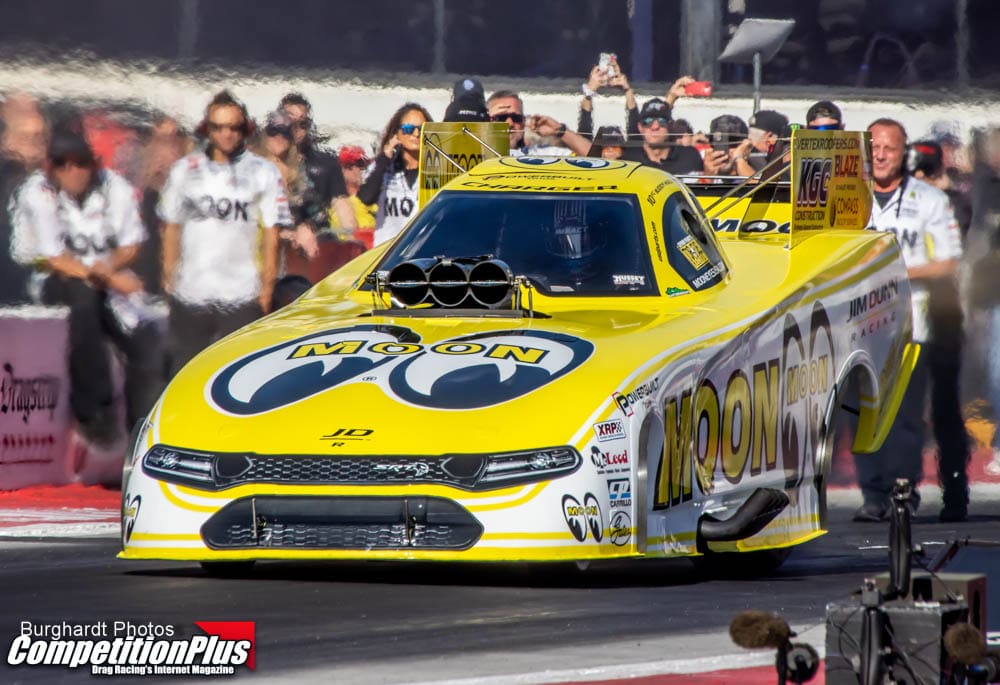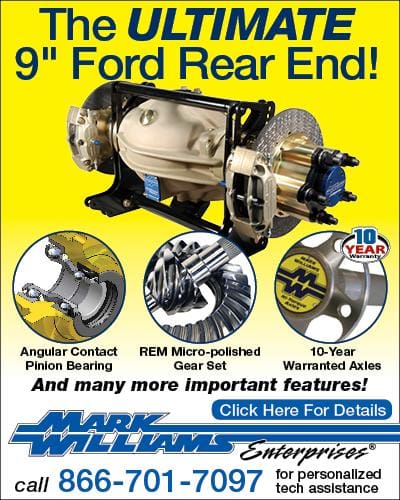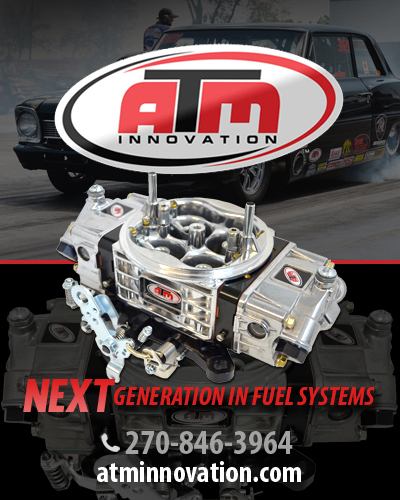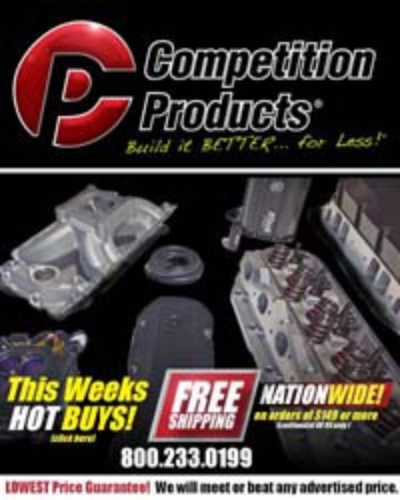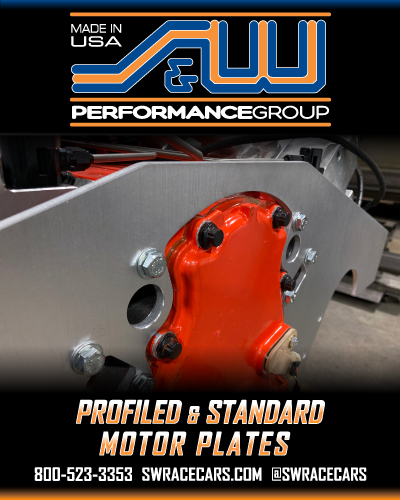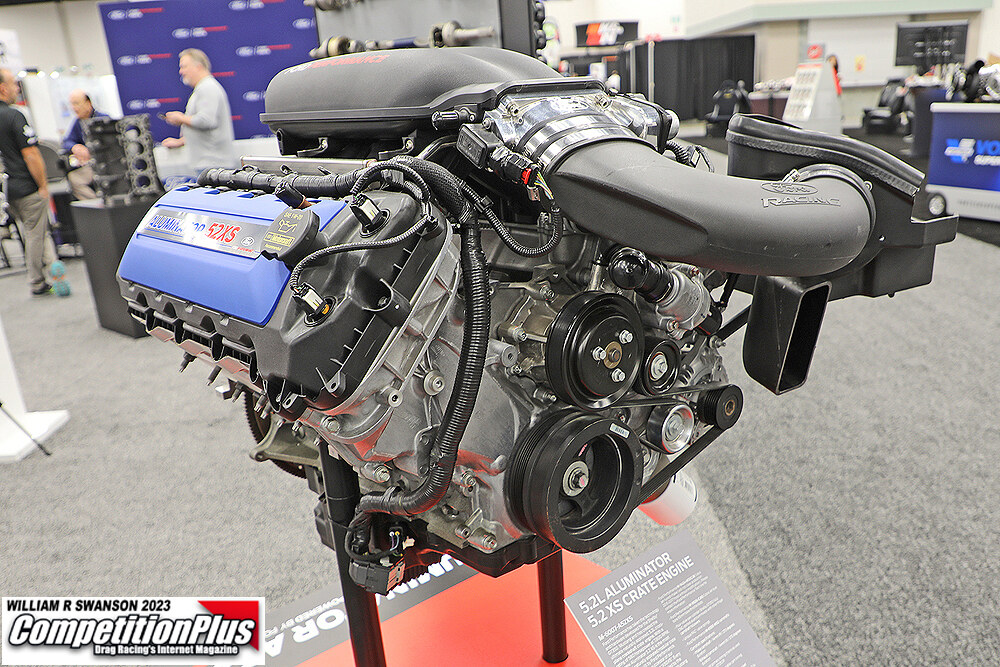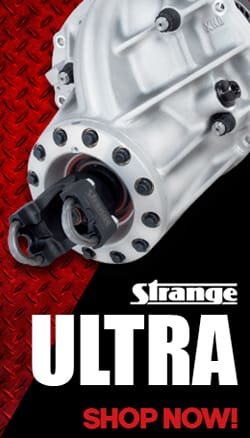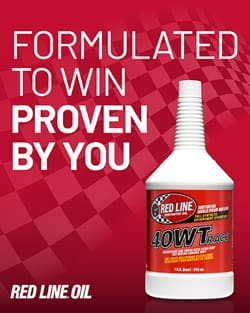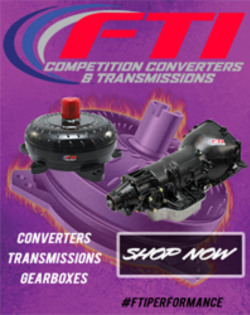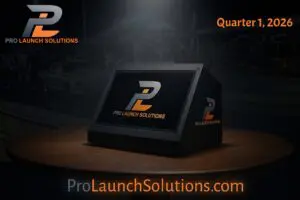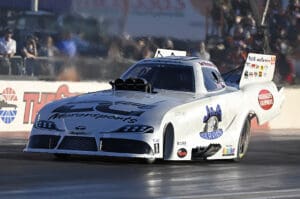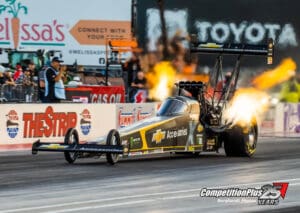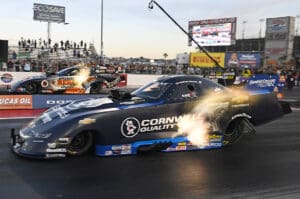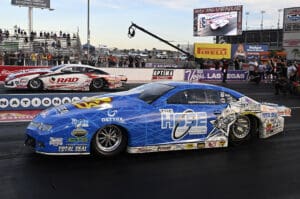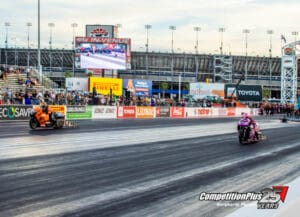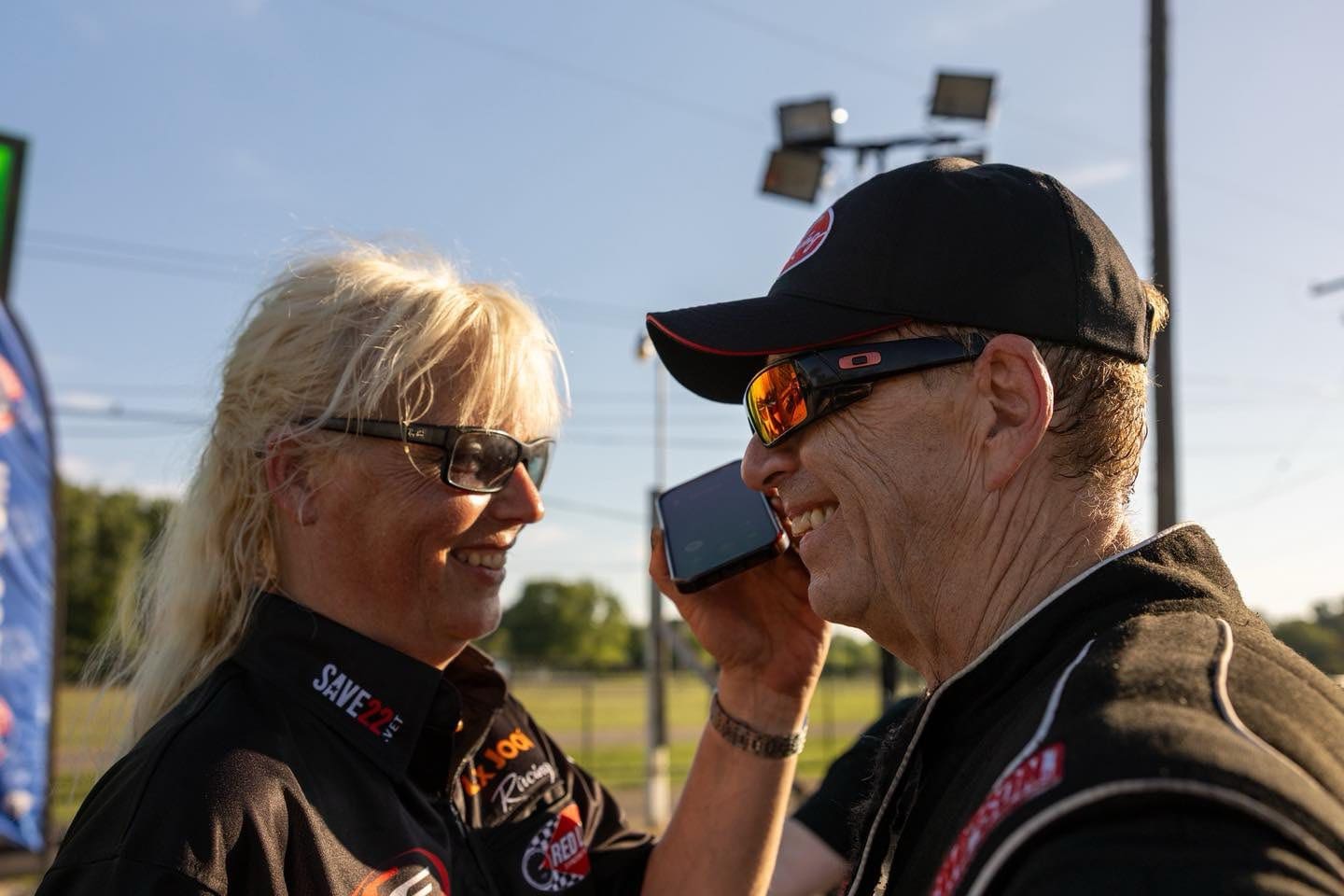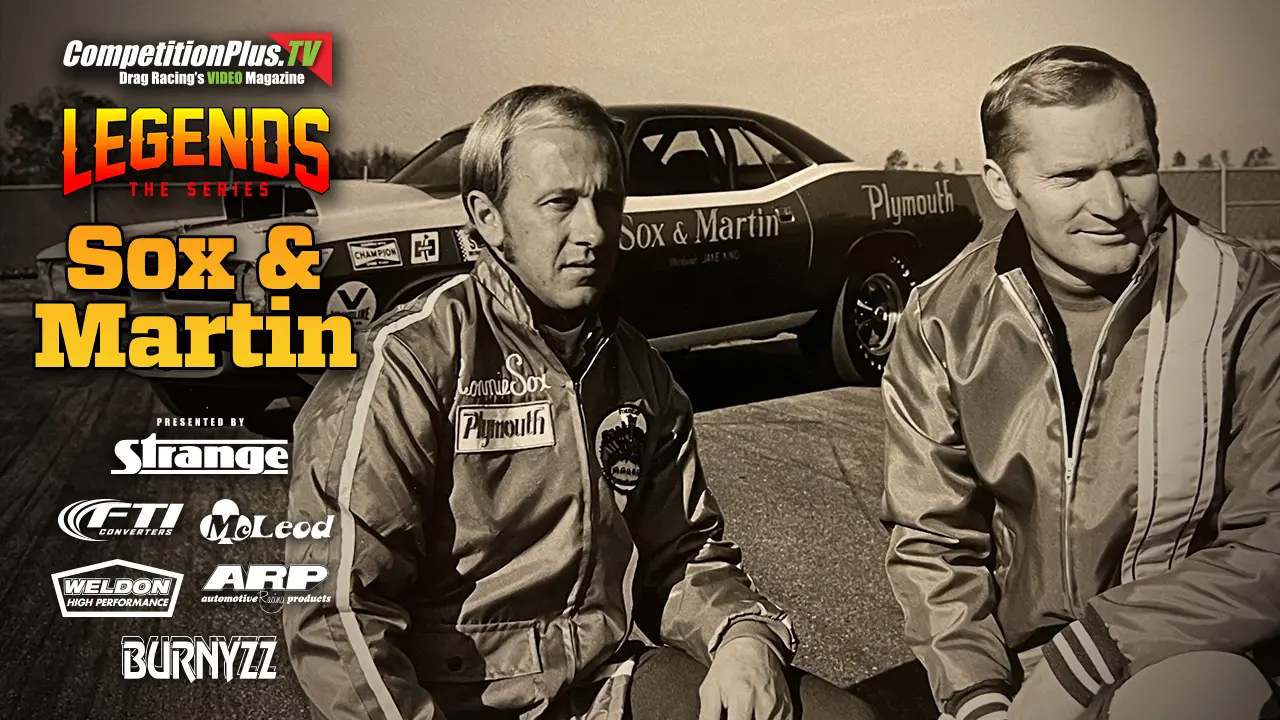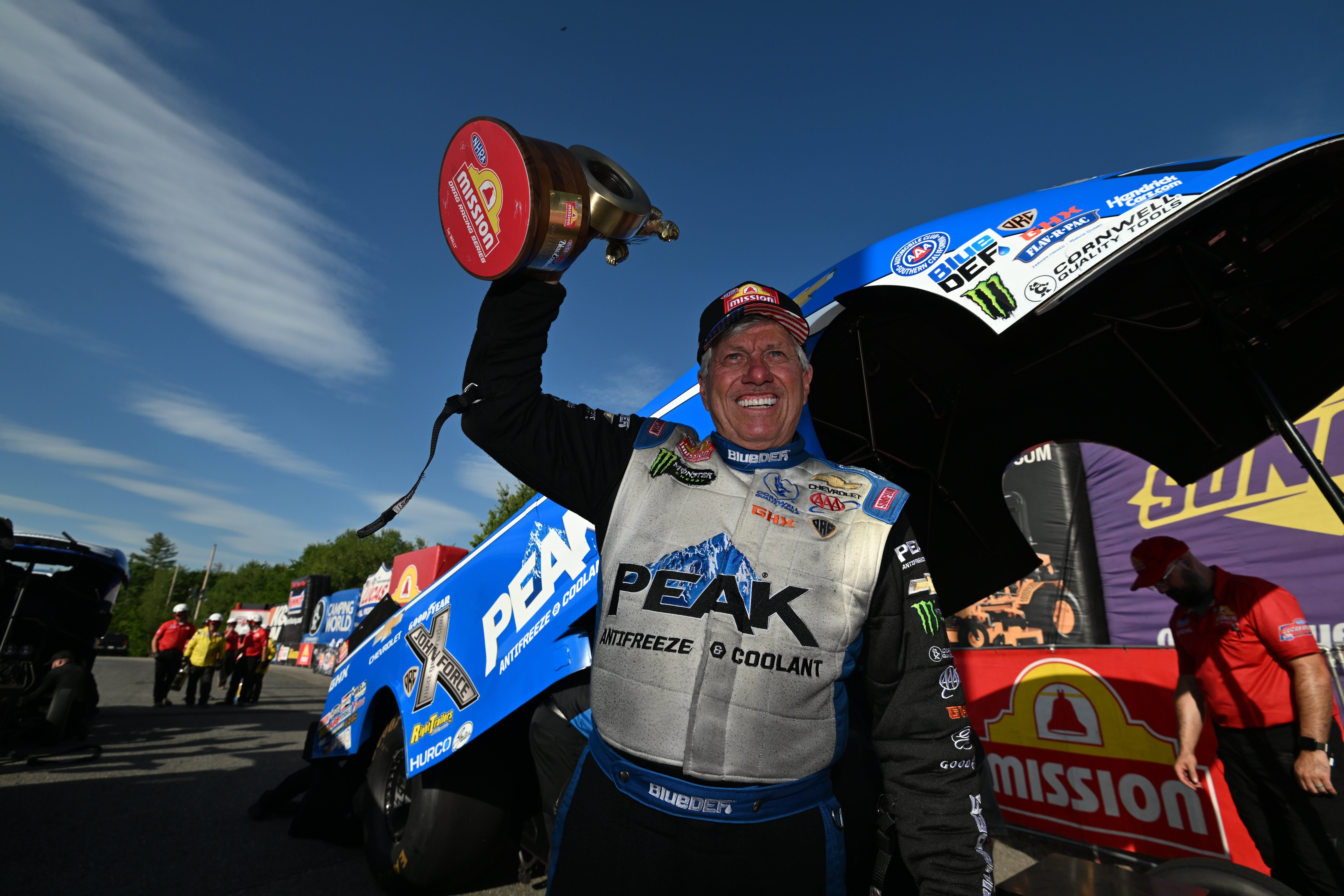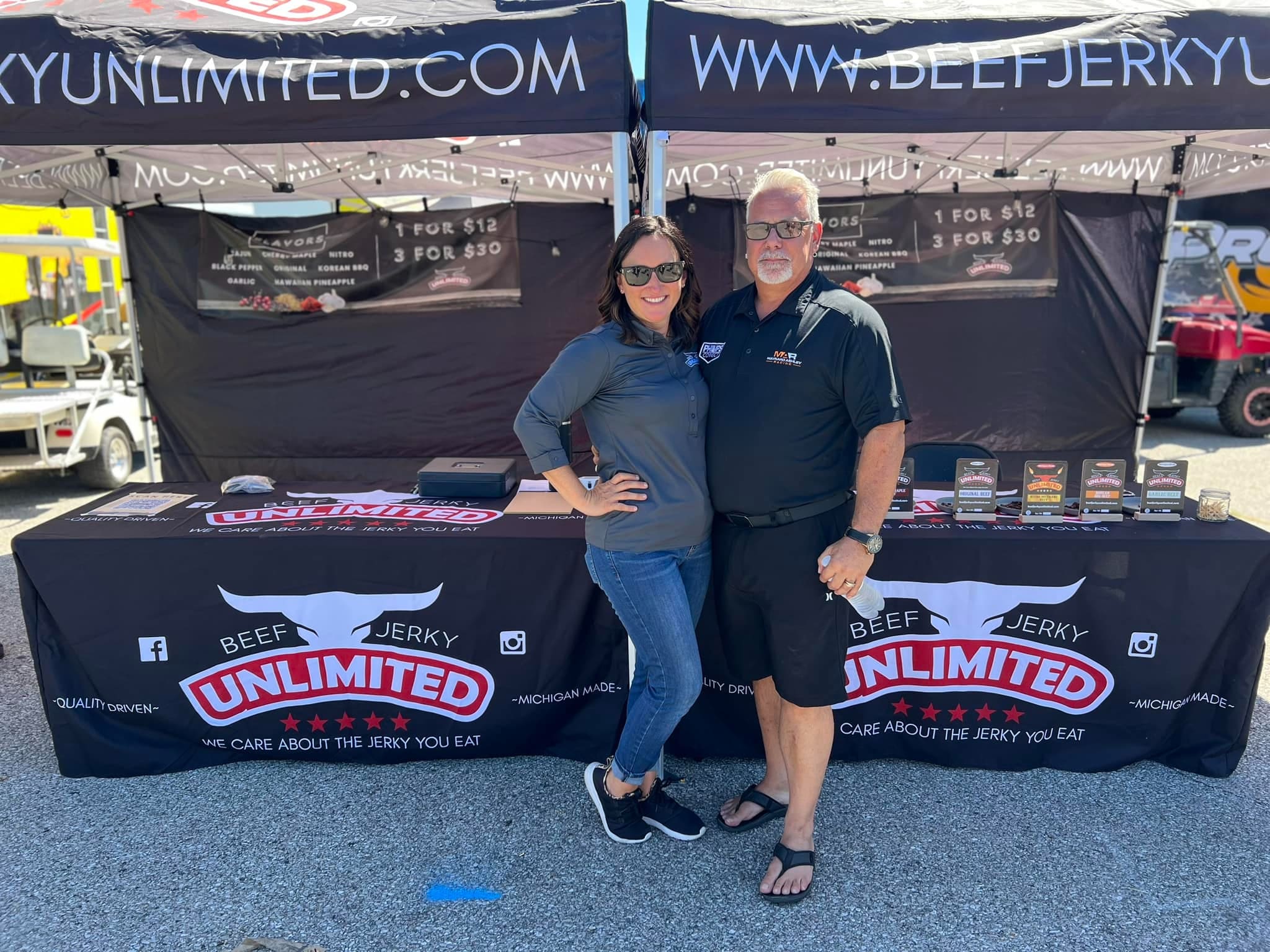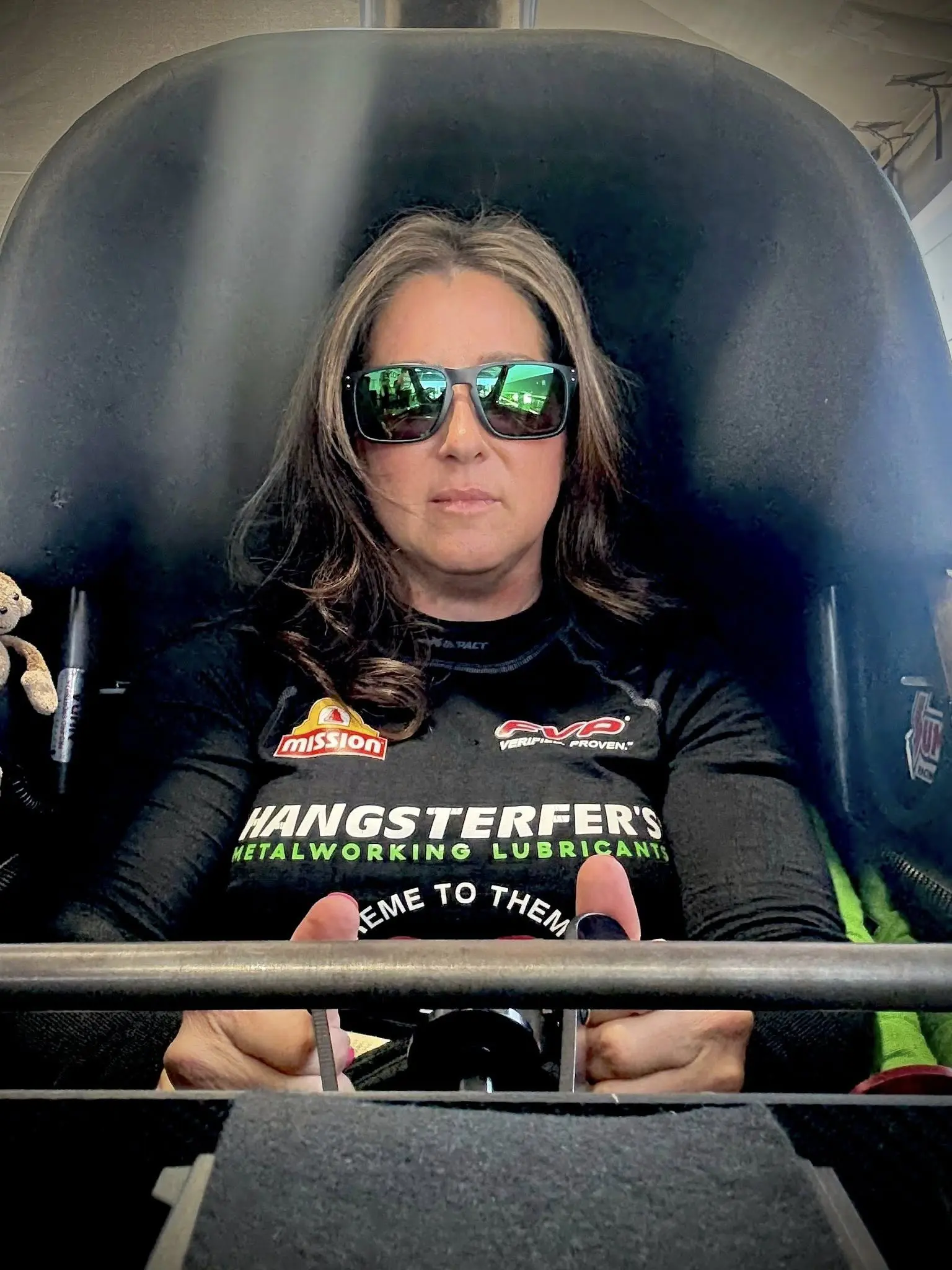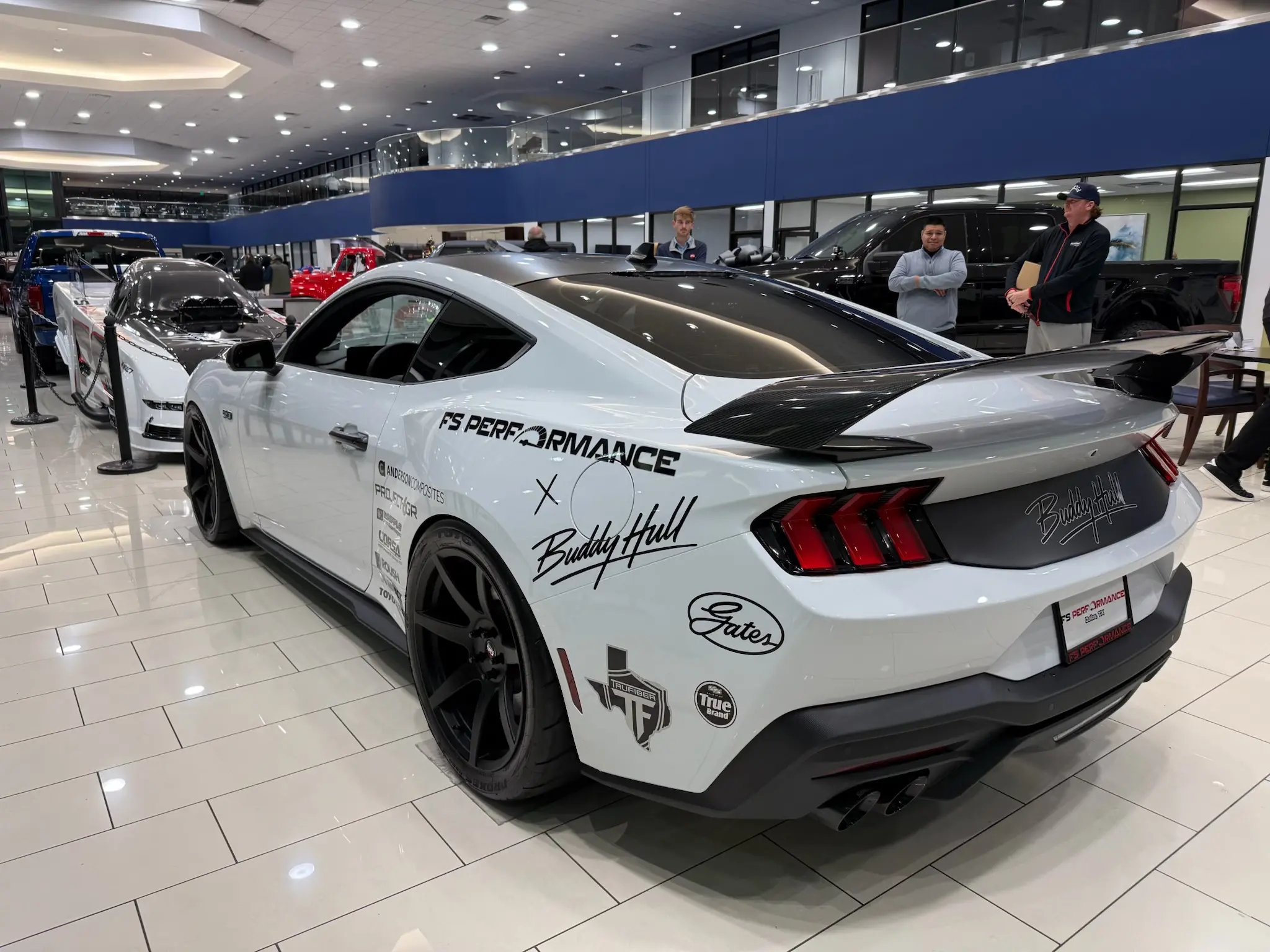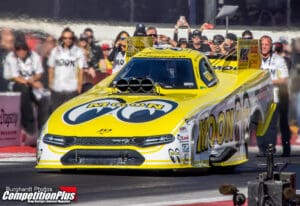The Mooneyes Funny Car has become a staple of NHRA national events at In-N-Out Dragstrip in Pomona, CA. However, following the Q4 session, NHRA’s Technical Department removed the staple on Saturday evening.
The Mooneyes Funny Car, fielded by Jim Dunn Racing and driven by Buddy Hull, had their Q4 thrown out in a random post-run technical inspection. An NHRA official told CompetitionPlus.com in their only statement that the Funny Car’s header angle was outside of the accepted dimensions. No one, including Hull, could say how much the angle fell outside of regulations other than it was just a smidge off.
As a result, Hull’s run of 4.076 seconds at 305.29 was thrown out. The run initially put the team in the No. 15 position in the field.
Hull, who will face no disciplinary action for the disqualification, believes the NHRA should consider certain variables in the inspection process he feels they applied unfairly to him on Saturday.
Hull believes the actions of those measuring his header angles used procedures and equipment that produced unreliable results. He alleges the surface for which the angles on his headers were uneven and produced unreliable measurements. Hull also said the device NHRA used to check the layback angle is flimsy and incapable of giving a dependable reading.
“When you have an uneven surface or an uncertified surface, if you will, and you have a tool, it is not sturdy enough, stable enough to verify a measurement,” Hull said in a press conference on Sunday morning. “That means that measurement, in the world of precision measurements, means absolutely nothing.”
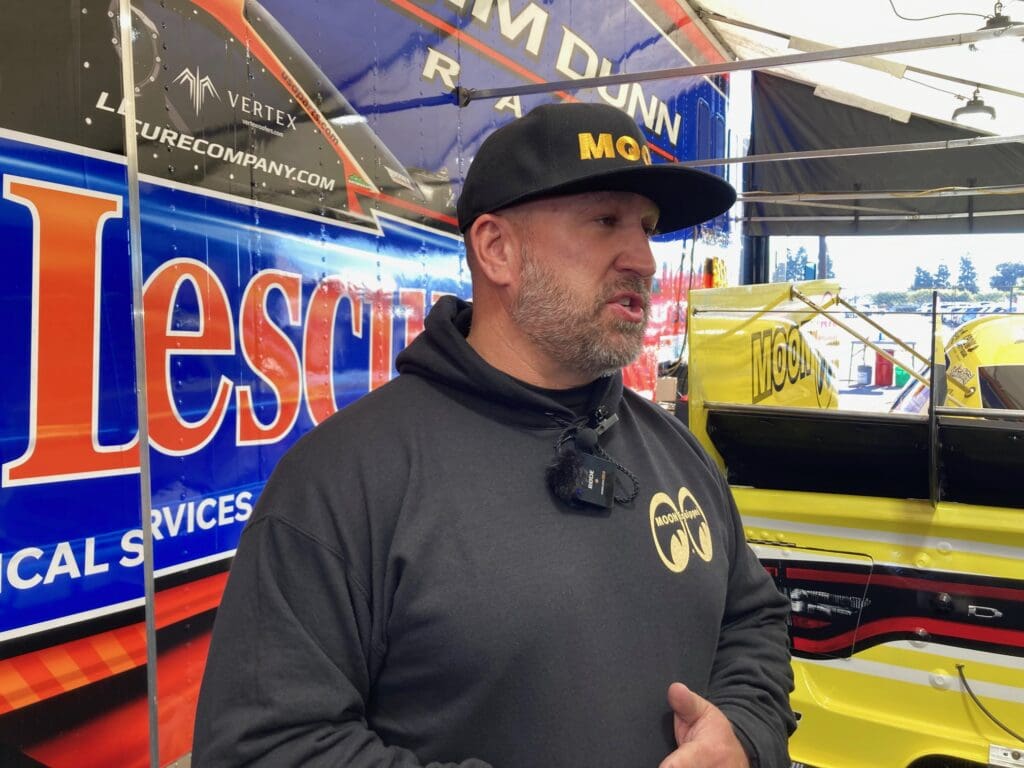
“I’m a contractor by trade. I use laser measuring devices on a daily basis to put in driveways, foundations, ceiling grids, and so one of the first things I noticed is the area our car was sitting was not flat. It’s visually not flat, which means if something’s not flat visually when you put a laser device on it gets really ugly, right?
“So I noted that, and I made that a well-known fact, and so I asked if we could turn our race car around and point it the other direction and remeasure it, and behold, the right side of our race car, our headers were a perfect match on their template that they were measuring with. However, the left side was slightly different. The front tube was perfectly in line, but the rear tube was just an absolute smidge off. So it verifies that the location our car was parked versus the tool that they have measuring our headers was highly variable, and ideally, if we would’ve given enough time, we could have continued to move that car all over that area and eventually would’ve passed their inspection, which I think we all could agree is slightly ridiculous.”
Hull believes other variables such as rollout, tire air pressure, and even the style of chassis all can affect the process.
“There’s much better ways of measuring these headers,” Hull said. “I have an opinion; I’ll state my opinion. I believe all headers should be measured off the race car in jig. Those headers should be serialized, stamped, and approved, and those headers, the headers you run, they’re allowed to verify those serial numbers or whatever they see fit. However, they want to categorize those headers throughout the season, and that should be what it is. If you break a set of headers or you want to change your headers, you should have to go get those recertified and put those on the race car because everybody’s race car sits differently, they all act much differently going down the racetrack, and so you really can’t get an accurate measurement on a header, on the actual header here, after a run is made.”
Hull is not at odds over the NHRA working to ensure a level playing field, but he believes when so much is on the line as there is, the race series should make an investment in improving their approach.
“If you want to get technical, I believe you should be very technical,” Hull said. “We were told also that the car is to be measured as it is on the run. Well, it just so happens that as I’m conversating on the outside of the race car, when I was told it has to be measured as if those on the run, there’s one major problem. I’m not in the race car.
“The gentleman who was in the race car is about 50 pounds lighter than me, minus the gear, so it’s a 70-pound weight difference. He puts 70 pounds in the seat of a race car. What happens? It’s going to change the angle of the header, because it’s going to change the way the car sits. So there’s no consistency in the policies and the rules in measuring these cars.”





